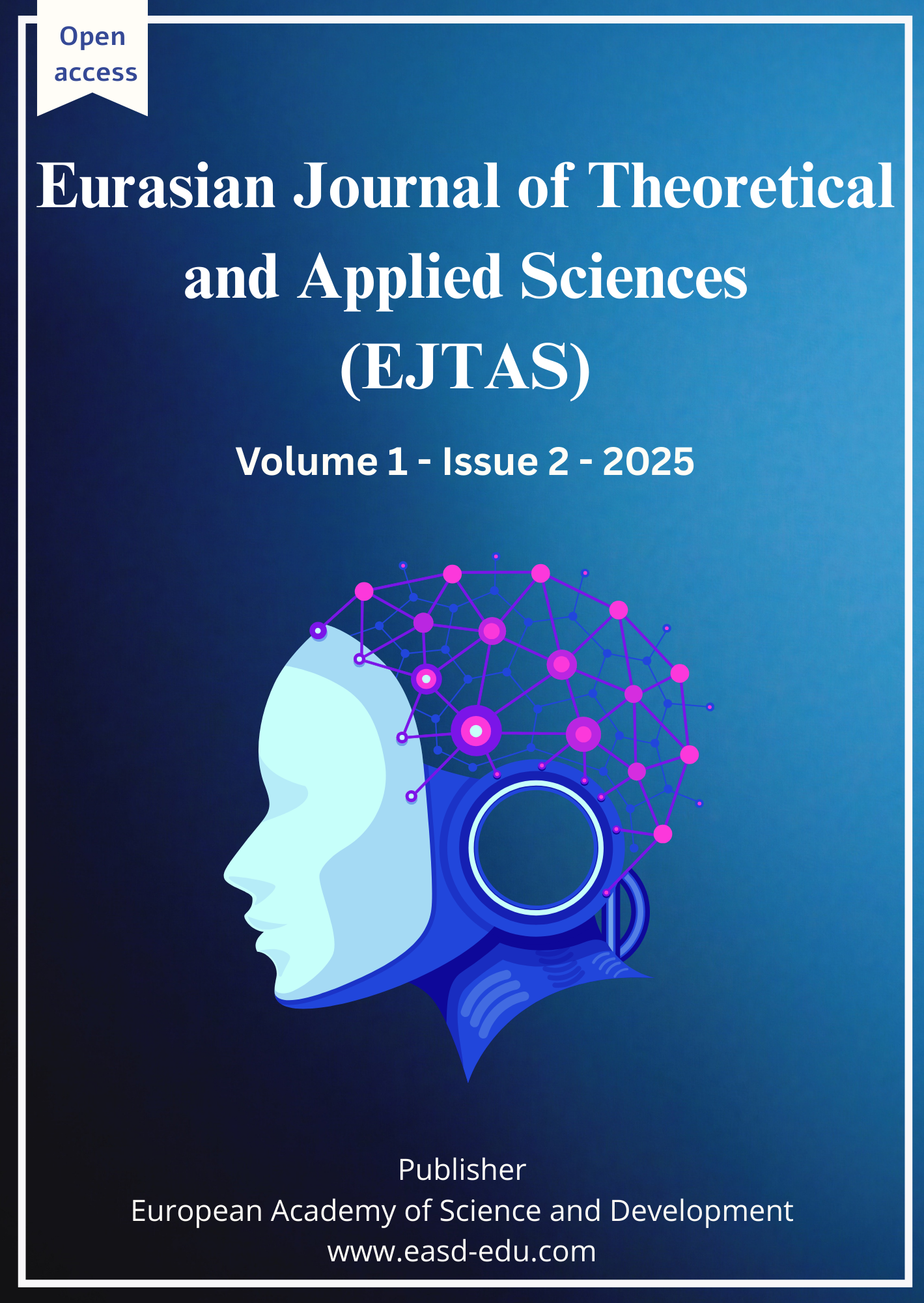Forecasting Solar Power Generation Using Real Meteorological Data and Machine Learning Techniques
DOI:
https://doi.org/10.32213/73e1sf78الكلمات المفتاحية:
Solar Power Forecasting، Photovoltaic (PV)، Machine Learning، Random Forest، XGBoost، LSTM، Hybrid Models، Meteorological Data، Renewable Energyالملخص
Accurate short-term forecasting of photovoltaic (PV) power is critical for grid management and energy planning. We analyze a real year-long meteorological dataset (including irradiance, temperature, wind, etc.) and simulate corresponding PV output (derived from irradiance and temperature with efficiency factors). Using this data, we train and evaluate four models Random Forest (RF), XGBoost (XGB), Long Short-Term Memory (LSTM), and a Hybrid Ensemble – for 1-hour, 3-hour, and 6-hour ahead forecasts. Models use features such as global horizontal irradiance (GHI), temperature, wind speed, humidity, and time-derived cyclic variables. Performance is measured by RMSE, MAE, and R². Results show that ensemble tree methods (RF and XGB) outperform LSTM for this task, with RF often giving the lowest error. As horizon increases, forecast accuracy degrades (higher RMSE) due to meteorological variability. Feature importance and correlation analysis indicate that irradiance is the dominant predictor of PV output, with nearly perfect correlation (R²≈0.99) to power. We include detailed experiments, visualizations (e.g. actual vs. predicted curves, error trends), and discuss the implications of hybrid models combining ML and time-series techniques.










